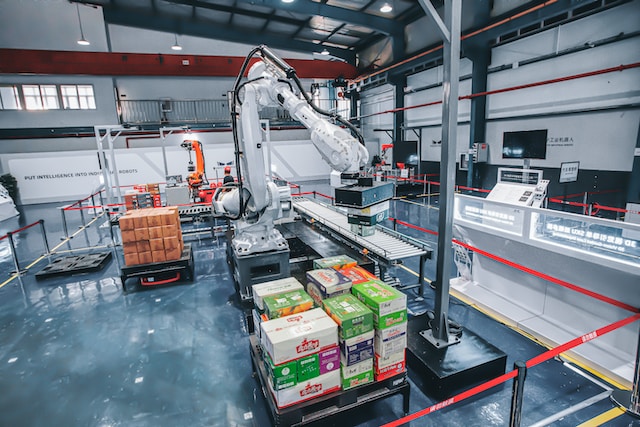Australian researchers are getting ready to begin trials of a new fully implantable bionic eye system.
The Phoenix 99 bionic eye was developed by scientists at the University of New South Wales (UNSW). The eye works through nerve stimulation.
With the aim of helping people with Retinitis pigmentosa (RP), scientists at UNSW have been researching bionic eye technology. RP refers to the group of diseases that causes retinal degeneration. People with RP experience a gradual decline in their vision. Costly medication available in only developed countries can slow its progress, but scientists have yet to find a way to reverse the degeneration.
Bionic vision can help in restoring vision to people affected by RP.
A high-tech chip is inserted through a small incision made in the eye. Patients are made to wear glasses; these glasses have special cameras which capture the image signals. These image signals stimulate the nerve cells in the retina and send signals to the visual cortex of the brain.
The required surgery takes about 2 to 3 hours. A small disc that goes behind the ear transmits power and data to the device, which in turn sends signals to the visual cortex of the brain.






